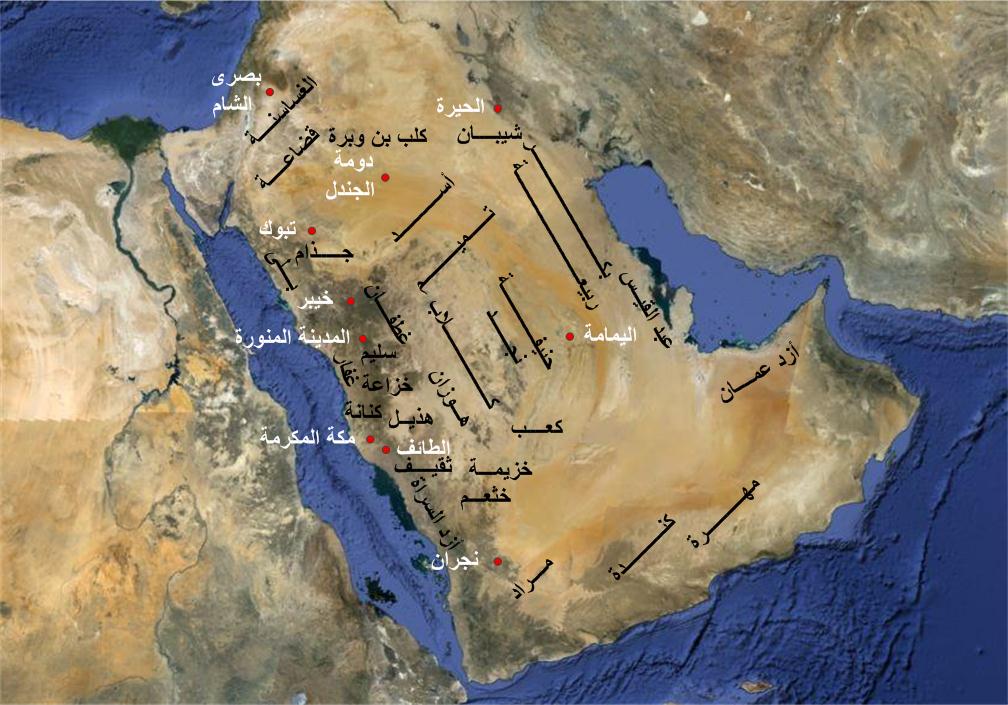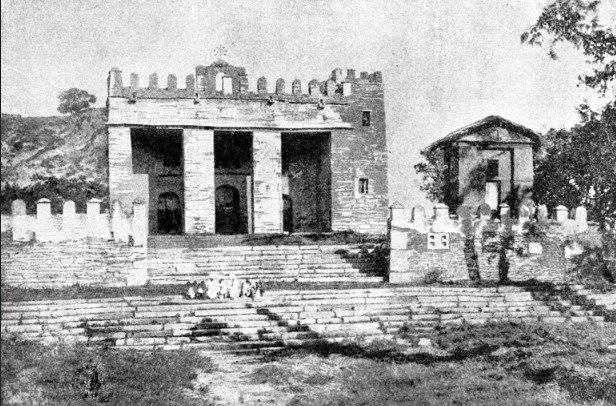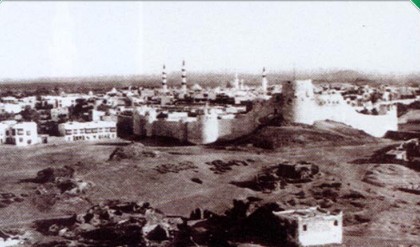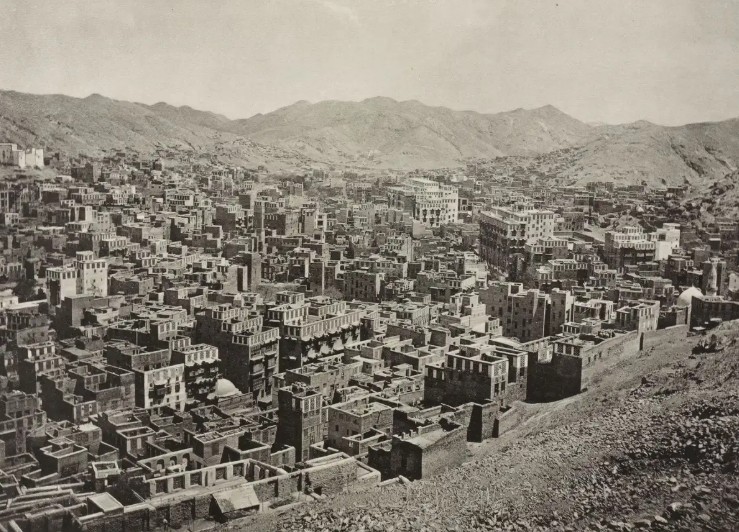The Prophetic Era: The Dawn of Islam and Transformative Events in the Arabian Peninsula
The Prophetic Era marks a pivotal turning point in the history of the Arabian Peninsula, transitioning communities from pre-Islamic traditions and idol worship to a unifying message founded on justice, tolerance, and strategic planning. Below is an in-depth exploration of the key transformations during this era, presented in a narrative style that combines historical accuracy with a human touch.
Arabia Before the Advent of Islam
Before the emergence of Islam, the Arabian Peninsula was home to diverse tribes predominantly practicing polytheism, while small minorities followed Judaism and Christianity. Social life was heavily influenced by tribal affiliations, where loyalty and honor were paramount, and customs such as female infanticide and frequent inter-tribal raids were common.

Arab tribes in the Arabian Peninsula
The Birth of Prophet Muhammad ﷺ and the Dawn of the Islamic Call
Prophet Muhammad ﷺ was born in Mecca in the Year of the Elephant (571 CE) into a family celebrated for its integrity and trustworthiness. Raised under the care of his grandfather, Abdul Muttalib, and later his uncle, Abu Talib, he became known for his honesty from a young age. In the 7th century CE, the first revelations began in the Cave of Hira, marking the start of Islam as a secret call that lasted for three years. Among the earliest converts were Abu Bakr as-Siddiq, Khadija bint Khuwaylid, and Ali ibn Abi Talib. During these formative years, early Muslims gathered discreetly at the house of Al-Arqam to learn about their new faith. As the call to Islam was made public, it initially spread among close family members, only to face vehement opposition and persecution from the Quraysh, with the Prophet himself enduring ridicule and physical harm while being protected by his uncle, Abu Talib.
The Migrations: From Abyssinia to Medina
The First Migration to Abyssinia
Due to increasing persecution by the Quraysh, the Prophet ﷺ advised some of his followers to seek refuge in Abyssinia. Under the just rule of the Negus (King), the Abyssinian ruler provided a safe haven and protection for the Muslim emigrants, despite Quraysh’s efforts to compel him to expel them.

Abyssinia
Migration to Medina and the Birth of the Islamic State
After enduring years of hardship, the Prophet ﷺ received an invitation from a delegation of the Ansar (the helpers) from Yathrib (later known as Medina) during the Pledge of Aqaba. This event paved the way for his migration to Medina, a historic journey that reshaped the course of Islamic history. In Medina, the Prophet established a comprehensive Islamic society by founding the Prophet’s Mosque, fostering brotherhood between the emigrants (Muhajirun) and the native believers (Ansar), and drafting a constitution that regulated the relationships between Muslims, Jews, and other inhabitants of the city.

Medina
Battles and Expeditions: Challenges and Lessons
During the Prophetic Era, Muslims faced several critical military challenges that tested their resilience and unity:
- Battle of Badr (2 AH / 624 CE):
Despite being outnumbered, the Muslims secured a decisive victory against the Quraysh, which significantly boosted their morale and consolidated their community. - Battle of Uhud (3 AH / 625 CE):
The Muslims suffered losses due to some archers deviating from the Prophet’s orders, resulting in the martyrdom of many, including Hamza ibn Abdul-Muttalib. - Battle of the Trench (5 AH / 627 CE):
When the Quraysh, allied with other tribes, besieged Medina, the Muslims ingeniously dug a trench around the city, forcing the enemy into a stalemate without direct combat.
The Treaty of Hudaybiyyah and the Conquest of Mecca: Strategic Steps in the Spread of Islam
The Treaty of Hudaybiyyah
In 628 CE (the 6th year after migration), the Prophet ﷺ and his followers set out to perform Umrah, but were initially barred from entering Mecca by the Quraysh. After extensive negotiations, the Treaty of Hudaybiyyah was agreed upon, establishing a ten-year truce, allowing Muslims to return to Mecca the following year for pilgrimage, and granting tribes the freedom to ally with either side. Although some companions expressed reservations, this strategic agreement paved the way for the peaceful spread of Islam.
The Conquest of Mecca
Two years after the treaty, following a breach by the Quraysh who allied with Bani Bakr against a Muslim ally from the Khazaa tribe, the Prophet ﷺ moved to conquer Mecca in 630 CE (8 AH). Leading an army of approximately ten thousand, he entered the city without resistance. Upon his arrival, the Prophet cleansed the Kaaba of idols and declared a general amnesty, stating, “Go, you are free.” This momentous event marked a turning point that facilitated the rapid spread of Islam throughout the Arabian Peninsula.

Mecca Overview
Administration of Mecca and the Consolidation of the Islamic State
After the conquest of Mecca, the Prophet appointed ‘Utbah ibn Asid as the governor, and he remained in charge for a brief period before returning to Medina. Back in the Prophet’s city, efforts continued to organize and consolidate the burgeoning Islamic state, with ongoing campaigns to propagate the faith and strengthen inter-tribal ties.
Conclusion: Legacy and Impact
The Prophetic Era serves as the cornerstone of Islamic history. What began as a discreet call in Mecca evolved into the establishment of a robust Islamic state in Medina, built on principles of wisdom, tolerance, and strategic foresight. The legacy of this transformative period is not only reflected in the enduring religious and cultural identity of the region but also continues to inspire successive generations with its profound lessons in leadership, resilience, and unity.







